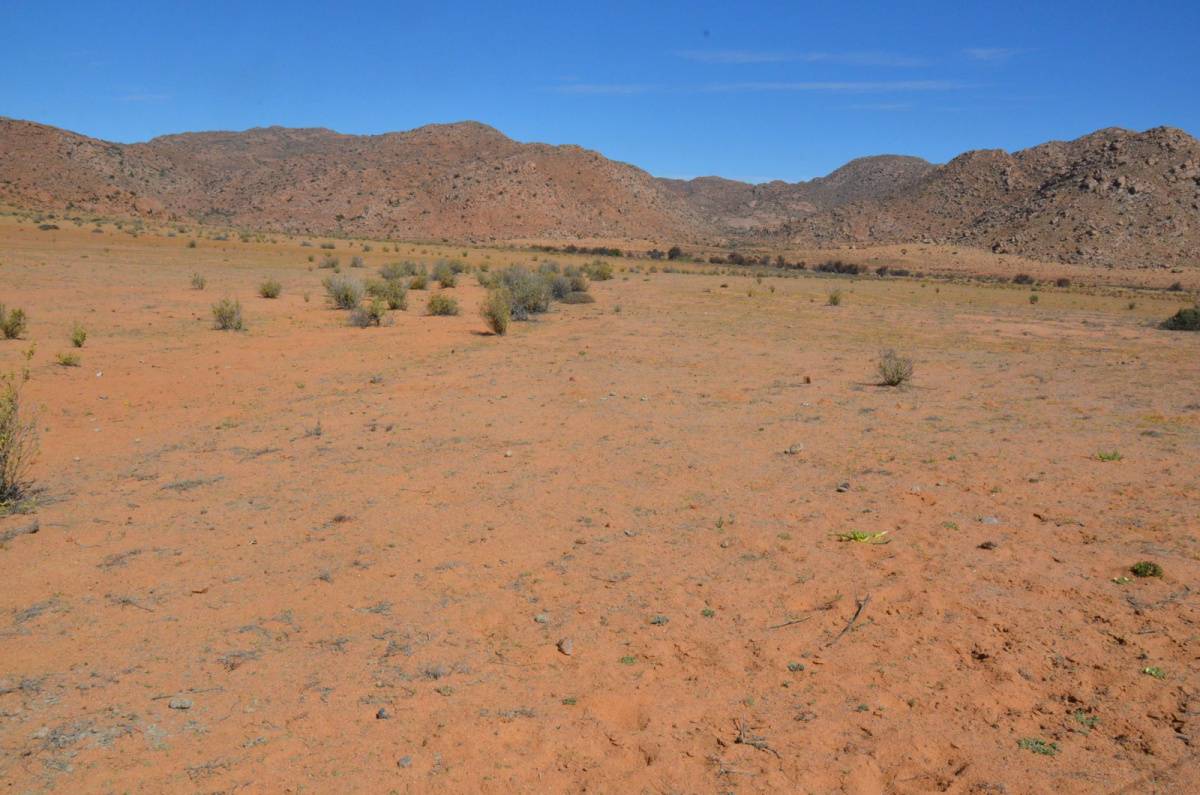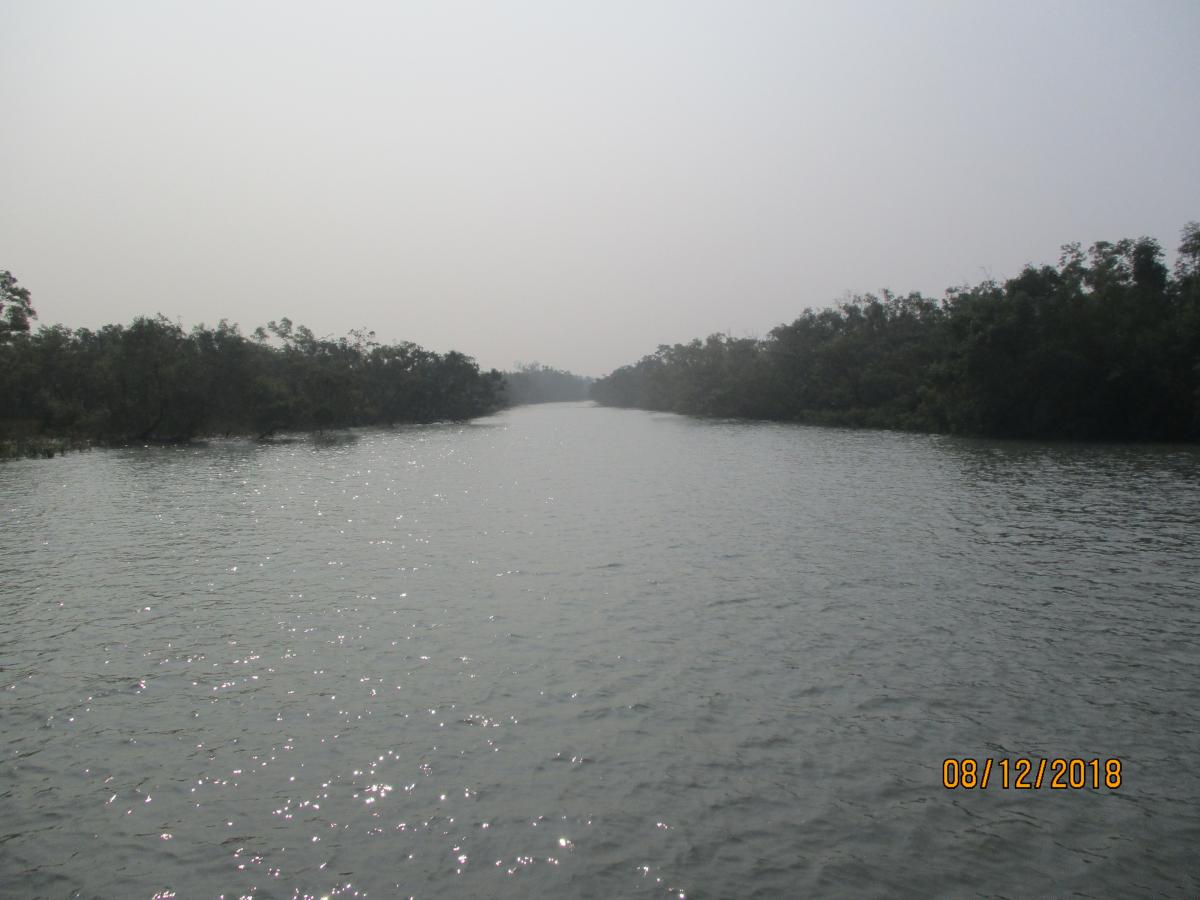Climate-resilient action plan - for Drylands
CEESP News: by A Amarender Reddy, Centre Research Institute for Dryland Agriculture, Hyderabad, India *
Land degradation, water scarcity, poverty, and hunger are major problems faced in drylands across the world. Drylands are degraded across continents due to over-cultivation, overgrazing, deforestation, poor irrigation, and rise in temperatures. When land degradation occurs in the drylands, it is referred to as desertification, which is one of the most destructive disasters in drylands, damaging crops and livestock, and trapping millions of people in poverty.
The problems related to drylands are complex, and their severity is increasing with climate change. Increasing farm and off-farm incomes, encouraging climate-resilient technologies like solar and wind power plants, and ecotourism in drylands can help in achieving the Sustainable Development Goals of land degradation neutrality, no poverty, zero hunger, and climate action.
Drylands have been characterised by a combination of low precipitation, droughts and heatwaves, as well as human activities such as firewood collection, livestock grazing, the collection of wood and nonwood forest products and farming. Dryland soils tend to be vulnerable to wind and water erosion, subject to intensive mineral weathering, and of low fertility (due to the low content of organic matter in the topsoil). The United Nations Environment Programme (UNEP) defines drylands according to an aridity index, which is the ratio between average annual precipitation and potential evapotranspiration; drylands are lands with an aridity index of less than 0.65.
When land degradation occurs in the drylands, it is referred to as desertification, which is one of the most destructive disasters in drylands, damaging crops and livestock, and trapping millions of people in poverty. The severity and frequency of the droughts also increase with land degradation in drylands. The global economic losses recorded from drought disasters from 1900 to 2013 totalled $135 billion, according to the Global Land Outlook report. A recent World Bank report estimates that if no action is taken, more than 143 million people could be displaced by 2050 due to desertification. The association between land degradation, poverty, and hunger was established by the Food and Agricultural Organization and World Bank studies, and hence they need to be addressed simultaneously.
 %3Cp%20style%3D%22margin%3A0in%200in%208pt%3B%22%3EFocus%20group%20interaction%20meeting%20with%20farmers%20in%20a%20tribal%20village%20in%20Vishakapatnam%20district%20of%20India%E2%80%99s%20Andhra%20Pradesh%20state.%26nbsp%3B%26nbsp%3BDr.%20A%20Amarender%20Reddy%20explaining%20about%20dryland%20schemes%20to%20farmers%3C%2Fp%3E%0A
Photo: Program Assistant Lavanya
%3Cp%20style%3D%22margin%3A0in%200in%208pt%3B%22%3EFocus%20group%20interaction%20meeting%20with%20farmers%20in%20a%20tribal%20village%20in%20Vishakapatnam%20district%20of%20India%E2%80%99s%20Andhra%20Pradesh%20state.%26nbsp%3B%26nbsp%3BDr.%20A%20Amarender%20Reddy%20explaining%20about%20dryland%20schemes%20to%20farmers%3C%2Fp%3E%0A
Photo: Program Assistant Lavanya
Photo: Focus group interaction meeting with farmers in a tribal village in Vishakapatnam district of India’s Andhra Pradesh state. Dr. A Amarender Reddy explaining about dryland schemes to farmers.
Drylands are degraded across continents due to over-cultivation, overgrazing, deforestation, poor irrigation, and rise in temperatures. Misguided priorities and policies based on the success of green revolution technologies (high input–high output) in humid areas may not be suitable in the drylands. The dryland ecosystem is different; it has a sparse population with a short growing period of crops (ranging from three to four months) which depends on uncertain rainfall. Most of the drylands are either community-owned or maintained by the community, unlike wetlands which are privately owned and intensively cultivated. Hence, the development of innovative dryland systems should be based on an understanding of the local problems by local communities. Bringing together all the stakeholders is crucial for enhancing livelihoods and incomes, rather than forcing expert “umbrella solutions.” The solutions need to have built-in feedback loops, ample opportunities to learn from the implementation for mid-course corrections, and community participation.
Only 17 countries currently have national drought policies based on the principle of risk reduction. The national policies should broadly specify the roles of the national, provincial, and local governments, as well as community institutions, with greater flexibility to local adoption. Although drought-resilient and drought mitigation and adoption strategies need to be used synergistically, investment in drought resilient technologies like water harvest structures is more cost-effective, rather than in drought mitigation and adoption strategies. Drought risk mitigation strategies like early warning systems and increasing off-farm incomes need to be active during the non-drought periods. During the drought periods, drought adoption strategies like emergency relief and intensifying of non-farm income sources need to be taken up. Although many countries are using drought plans, they fall short in transforming these into action points.
 Photo: A Amarender Reddy
Photo: A Amarender Reddy
* A Amarender Reddy, Principal Scientist (Agricultural Economics), ICAR-Centre Research Institute for Dryland Agriculture, Hyderabad, India





